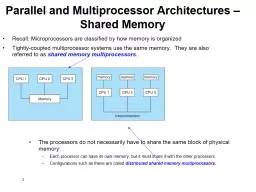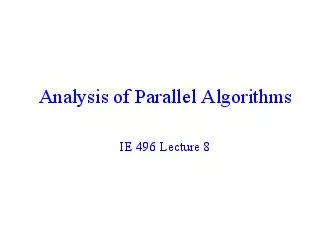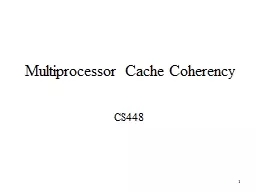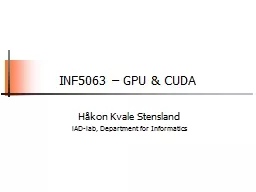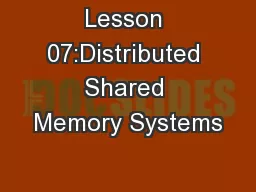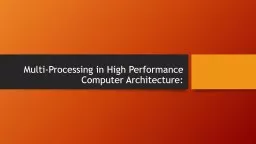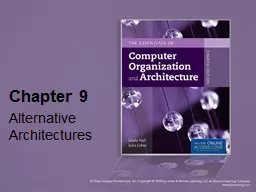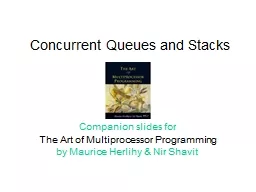PPT-1 Parallel and Multiprocessor Architectures – Shared Memory
Author : cheryl-pisano | Published Date : 2018-11-09
Recall Microprocessors are classified by how memory is organized Tightlycoupled multiprocessor systems use the same memory They are also referred to as shared memory
Presentation Embed Code
Download Presentation
Download Presentation The PPT/PDF document "1 Parallel and Multiprocessor Architectu..." is the property of its rightful owner. Permission is granted to download and print the materials on this website for personal, non-commercial use only, and to display it on your personal computer provided you do not modify the materials and that you retain all copyright notices contained in the materials. By downloading content from our website, you accept the terms of this agreement.
1 Parallel and Multiprocessor Architectures – Shared Memory: Transcript
Download Rules Of Document
"1 Parallel and Multiprocessor Architectures – Shared Memory"The content belongs to its owner. You may download and print it for personal use, without modification, and keep all copyright notices. By downloading, you agree to these terms.
Related Documents

